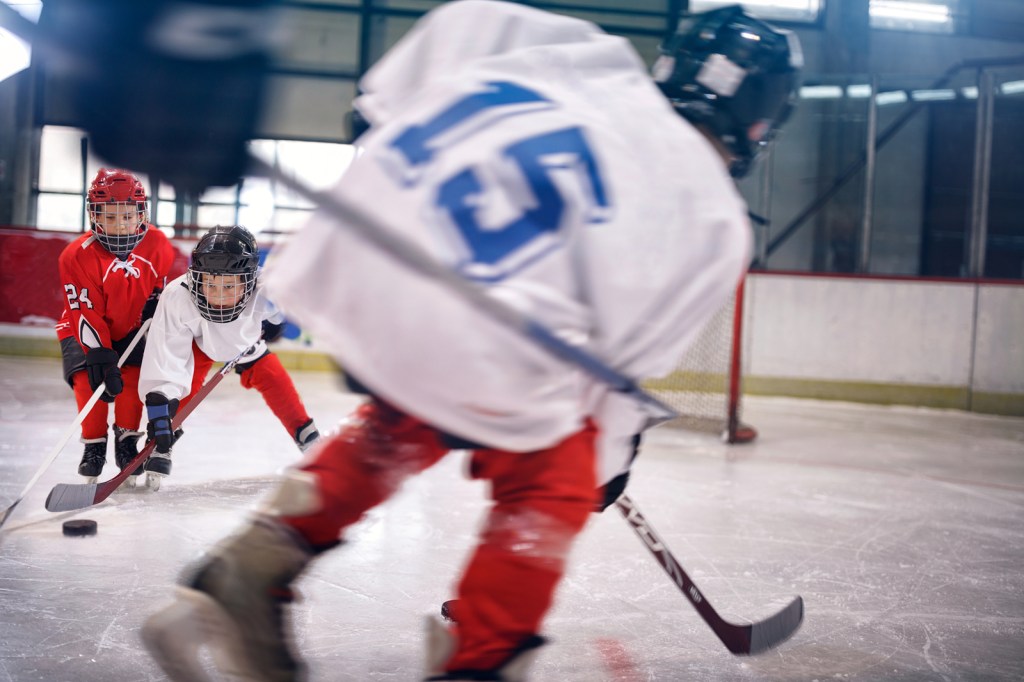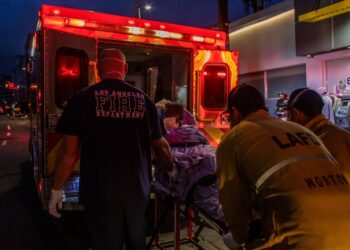Alex Brown | Stateline.org (TNS)
Last December, dozens of young hockey players were rushed to hospitals in the Buffalo, New York, area — some vomiting, lethargic and suffering from headaches.
The skaters had been exposed to high levels of carbon monoxide at an indoor ice rink, a problem that is far from uncommon. Most rinks use ice resurfacing machines — often known by the brand name of Zamboni — and edgers that often run on propane or other fuels. Some use gas-powered heaters above seating areas. Without proper ventilation, the fumes from that equipment can build up high levels of poisonous gases such as carbon monoxide and nitrogen dioxide.
“It’s almost akin to running the car in the garage with the door closed,” said New York Democratic Assemblymember Monica Wallace, whose district includes the ice rink where the poisoning incident occurred. “And it’s in rinks that are used frequently by children, where people are breathing heavily when they’re playing.”
While the young skaters in New York all recovered, Wallace learned that they were far from the first to suffer from a mass poisoning event at an ice arena. Within the past decade, similar incidents have sent handfuls to scores of ice rink visitors to the hospital in Delaware, Illinois, Ohio and Wisconsin. Some state health officials say many more incidents don’t make the news. And as families around the country begin hockey training camps and wrap up registration for fall leagues, health experts note that many ice rink visitors may be unknowingly suffering from lower-level exposures that can cause long-term damage.
As Wallace researched previous incidents across the country, the former hockey mom was even more surprised to find only three states require their rinks to test air quality and meet certain safety thresholds.
“It seems pretty surprising that this is such an issue,” she said. “Until it happened in my district, I had no idea.”
Earlier this year, Wallace drafted a
Read the full article here







